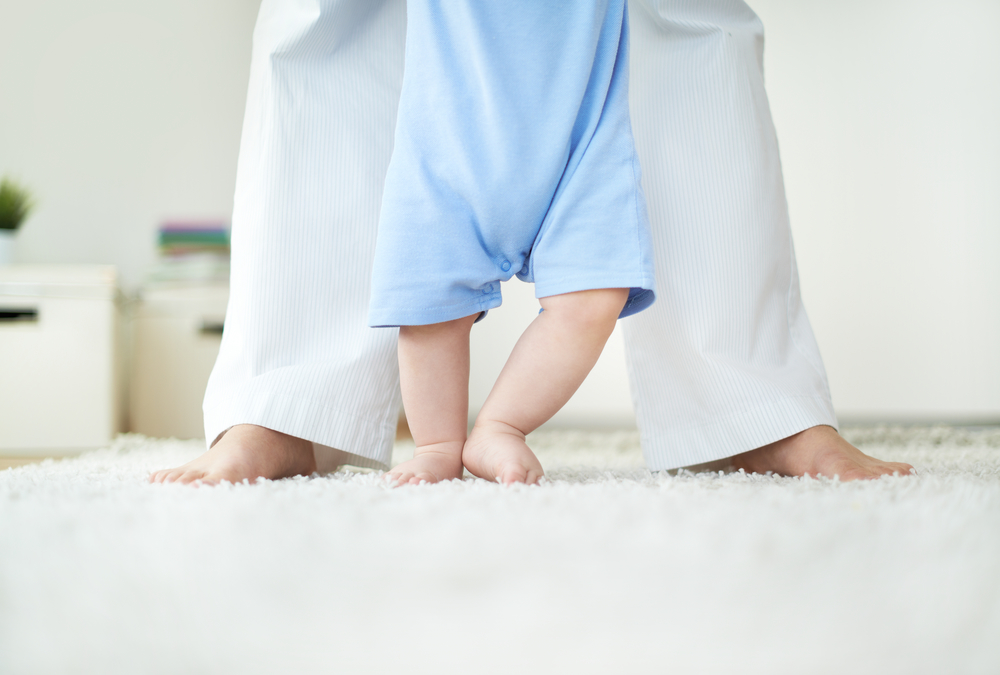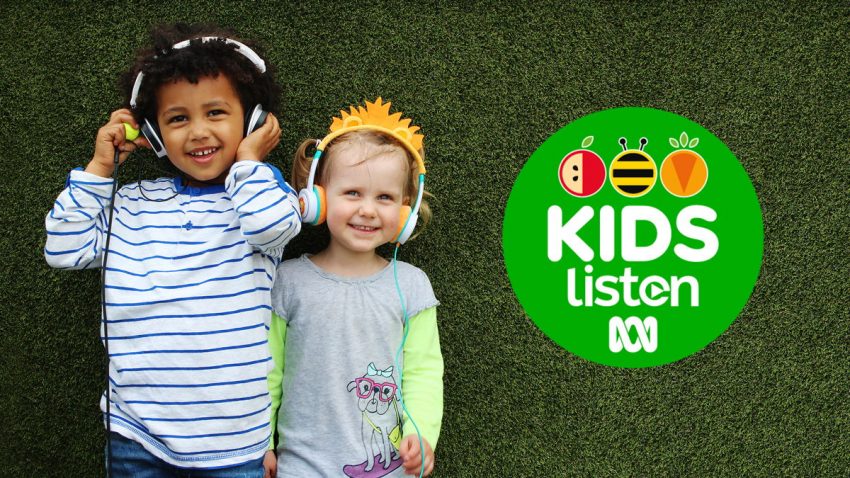Many parents may not be aware that bowed legs and knocked knees are a common condition that forms part of a child’s normal bony growth and bony development. Here is what you need to know about knocked knees and bowed legs in children:
Bowlegs or Bowed legs
Bowlegs or Bowed legs refers to when a person’s knees are further apart than their feet when their legs are held straight underneath them. A child with bowlegs will stand with their feet together, but their knees do not touch. The medical term for bowlegs is ‘genu varum’.
All infants are born with some degree of bowing in their legs as a result of their legs being tucked up in their mother’s womb. Parents may notice their baby’s bowed legs when they are an infant, or when they first start to stand and take steps. However, this bowing will usually disappear at some point between the ages of 18 months and 2 ½ years. Children then go through a brief period of having straight legs before they then become knock kneed.

Knock-knees or Knocked knees
Knock-knees or Knocked knees occurs when a person’s knees touch but their feet are apart when their legs are held straight underneath them. A child with knock-knees will stand with their knees together, but their feet will be apart. The medical term for knock-knees is ‘genu valgus’.
It is common for children to have knock-knees between 3-5 years of age. The development of knock-knees at this age is often part of a child’s normal growth and development of the leg bones. Over time, and usually by the time a child is around 8-10, the leg bones will have straightened to reach their normal adult alignment (which for most of us is slightly knock-kneed).
Is treatment required?
In most cases, bowed legs and knocked knees in toddlers children reflect the normal growth and development of the leg bones, will improve over time and requires no treatment. As a result, for most children there is no need for special shoes, braces, or exercises. Having bowed legs or knocked knees will not prevent a child from learning to crawl, walk, or run. Some children with more severe bowed legs or knocked knees may be a little clumsier or fall more frequently than other children their age due to the angle of their legs – however this will usually improve naturally as soon as their legs start to straighten up.
How can I monitor to see if my child’s bowlegs or knock-knees are improving?
The changes in the angle of the leg bones and knee position occurs slowly, so it can sometimes be difficult for parent to notice improvements or changes. A good idea to monitor change is to take photos of your child every 3-6 months. Take a photo of your child standing up facing the camera, with just their underwear or nappy on, with a plain wall behind them. Then take another one of them facing the wall. By comparing the photos every 3-6 months, you will be able to monitor change over time.
When should I seek further help for my child’s knock-knees or bowlegs?
Very rarely bowlegs or knock-knees occur as a result of an underlying condition. You should seek an assessment by a doctor or paediatric physio if:
- The curve or angle of your child’s legs appears to be extreme
- The curve or angle only affects one leg, or one leg is much worse than the other
- Your child’s bowed legs get worse after 3 years of age, or their knock-knees get worse after 8 years of age
- Your child develops bowed legs or knocked knees after when it is expected to have resolved
- Your child complains of pain (in their knee or their hip), or develops a limp when they walk
- Your child is unusually short for their age
You might also like to read:









